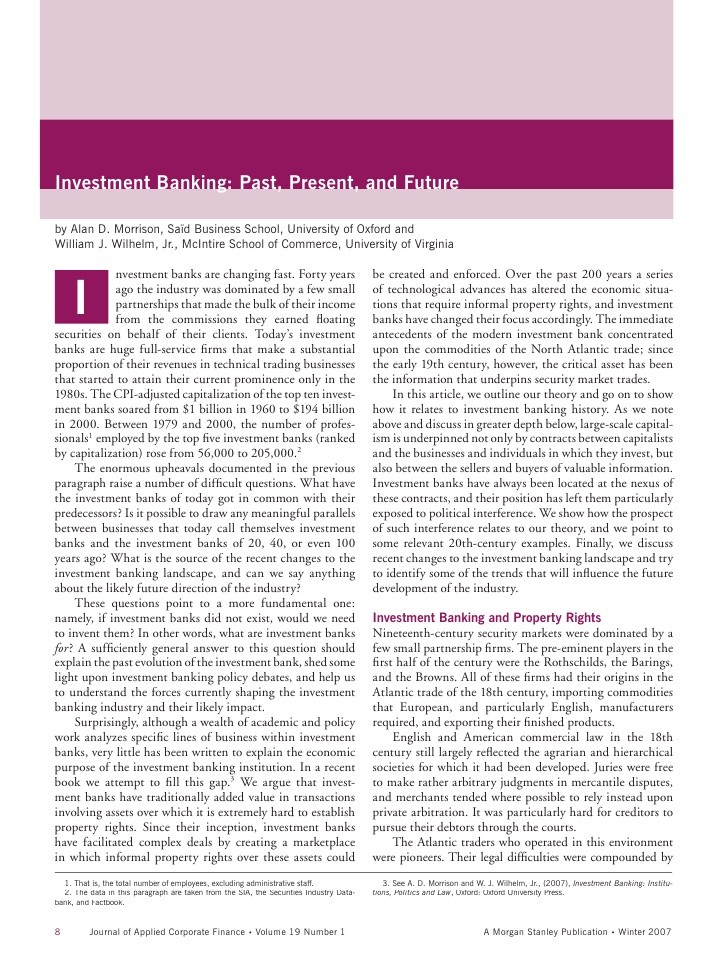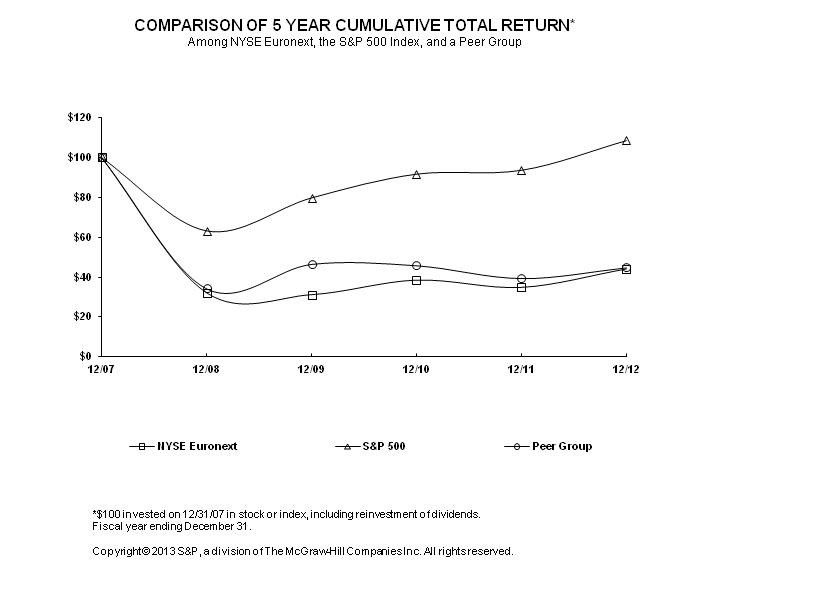The SEC EDGAR System Invaluable for Stock Investors
Post on: 16 Март, 2015 No Comment

Jul 13, 2011
Today I want to switch gears a bit and discuss one of the most valuable tools on the Internet for individual stock investors — the Security and Exchange Commissions (SEC) EDGAR System. While it is not particularly difficult to find lists of SEC filings on any financial website, EDGAR is the place I always turn to first. In there is the *complete* collection of legally mandated filings that all publicly traded companies must file with the government. It is always the starting point of any in-depth stock analysis done here at MagicDiligence.
For a beginner, and even for some intermediate stock investors, EDGAR can be a bit intimidating. So lets take a look at an example process for examining a company that we start off with little knowledge of, outside of perhaps a short company description, using EDGAR. For this example, well use an example with a particularly complete set of filings, Magic Formula stock Tessera Technologies (TSRA)
So, assume we know nothing about Tessera except that it is a Magic Formula stock, and might be a play on the burgeoning smart-phone market. To start, we go to the EDGAR link (above), and type in the ticker symbol, TSRA. Doing this presents us with a bewildering, chronologically-ordered set of SEC filings. Where to begin?!
The 10-K: Your Baseline
Under Filing Type, we need to type in 10-K and hit return. The 10-K is the annual report filing that all companies are required to produce. It contains the most complete descriptions of the business, risk factors, and financial data for the past 3 fiscal years. We get a nice list of each 10-K for the past several years. Click Documents for the most recent 10-K. This brings up a page of several entries:
In cases like this, the best plan is to choose the largest one (the one with the biggest Size number), not including the one marked Complete submission text file. This rule applies in almost all cases going forward, as well.
This is the annual filing. Near the top is a table of contents (usually hyper-linked). The three most important sections are Business, which describes the companys business in great detail; Risk Factors, which is an exhaustive list of things that can go wrong; and Financial Statements, which contains the income statement. balance sheet. and cash flow statement for the past 3 years (2 for the balance sheet). Note that sometimes the financial statements are in the middle of the filing, and sometimes they are at the end, buried under Exhibits. Check the page numbers for hints as to where they are.
From the 10-K we learn a vast amount of knowledge about Tesseras business and the larger trends behind it. We learn that the company licenses patents for semiconductor packaging technology, particularly for memory chips. We learn it also has an Optics and Imaging division with technologies to implement optical zoom, better low light performance, and extended depth of field. We learn of the major risks, specifically litigation and customer concentration. From the financial statements, we see that it is growing sales and earnings, and also has a debt free balance sheet with a lot of cash.
This is all great, but we need to consider more recent developments as well. Which leads us to.
The 10-Q: Discerning Recent Trends
Moving back to the filing list, we can filter for 10-Q. The 10-Q is the quarterly report, filed 3 times a year. It is an abbreviated version of the 10-K, providing the most recent quarters financial results, as well as managements commentary on those results compared to the previous year and previous quarter.
My primary use of the 10-Q is to view financial trends. Is the company still growing revenues and profits? Is share count expanding or being reduced? Is the balance sheet improving or weakening? If things are getting worse, is it an isolated incident or a trend? Investing in firms with good business momentum has been shown to greatly improve results, especially over short holding periods as in Magic Formula Investing.
We see that in the most recent quarter, Tessera delivered a 5.5% year-over-year increase in revenue, and grew operating income about 5%. The balance sheet remains very strong. The 10-Q helps with the numbers, but not always with the why behind those numbers. What to look at for that?
The 8-K: Information Dumping Grounds
8-K filings, called Current Reports, are a dumping ground for all kinds of information. They basically coincide with company press releases. Things in here include the addition/subtraction of executives and board members, proxy vote results, major business announcements, quarterly result press releases, and presentation materials.
I always find it useful to skim the 8-K filings over the last 3 months or so. This can quickly get you up to speed on the most recent happenings at the company. To find things quickly, it is useful again to rely on the size (part of the Description). Full presentations, usually with graphics of each slide used, generally run 1 MB or more in size. Quarterly press releases are in the 200 KB — 500 KB range. Everything else is small, usually under 50 KB.
Perusing the 8-K filings would be very helpful on Tessera! In the last 3 months alone, we would learn about:
- The resignation of previous CEO Henry Nothhaft and the hiring of board member Robert Young to take over.
- The potential spin-off of the Imaging and Optics unit.
- Expansion of licensing and patent activity outside of traditional Micro-electronics focus.

- The company originally guided for $75.5 — $78.5 million in Q2 revenue, but corrected that to $71 million.
- The departure of a senior vice president.
- The unfavorable outcome of one of Tesseras lawsuits alleging patent infringements.
- A new legal action against Sony (SNE).
- A new hire to lead the IP / Micro-electronics division.
Thats a lot going on! It is important information, too. The big revenue miss for Q2, as well as a lot of high executive level shuffling, helps to explain why the stocks valuation is so low, despite good financial metrics and business prospects.
Tessera is good about filing a lot of information in its 8-Ks. Looking through them, we find a nice set of presentation slides filed on 3/23, as well as an in-depth set of prepared remarks filed with the quarterly press releases. Not all companies have these kind of detailed filings.
Wrapping It Up
So, as you can see, a *lot* of information on a prospective investment can be had from EDGAR, and it is more complete and focused than you can find on a Yahoo! news feed (for example).
I also want to briefly mention the proxy statement (search for DEF 14A), which contains a wealth of information concerning the makeup of the board, executive backgrounds, insider ownership, salary and bonuses, and so on. This is a good place to determine whether management is running the company for you, or to line their own pocket.
From EDGAR, there are plenty of additional information sources to look at before deciding on an investment (i.e. conference calls, 3rd party research, etc.). But EDGAR is, by far, one of the best resources for investors researching a particular stock.
Get our stock reviews and other Magic Formula focused content delivered FREE to your inbox. Sign up for the MagicDiligence Newsletter! For a limited time, you’ll also get the FREE report, 5 Quick and Easy Tips for Improving Your Stock Picks.














